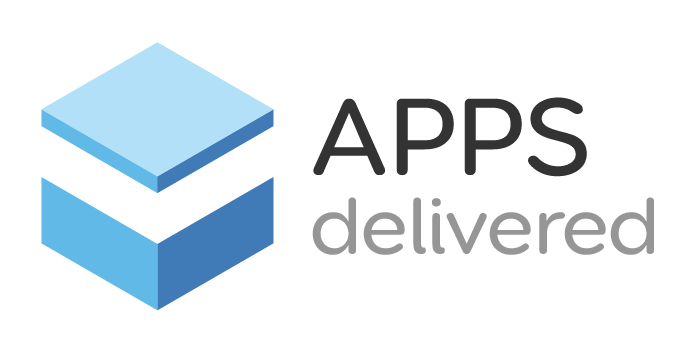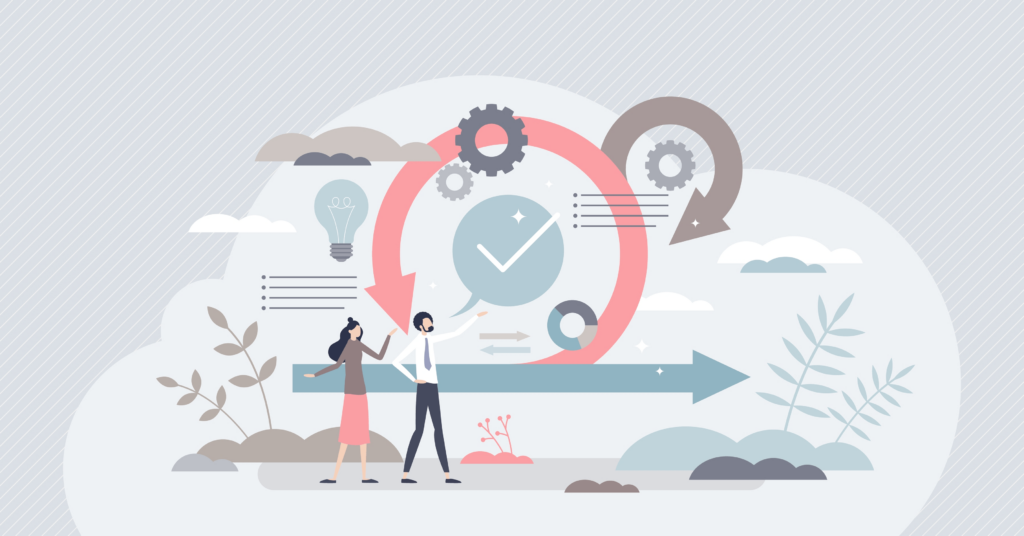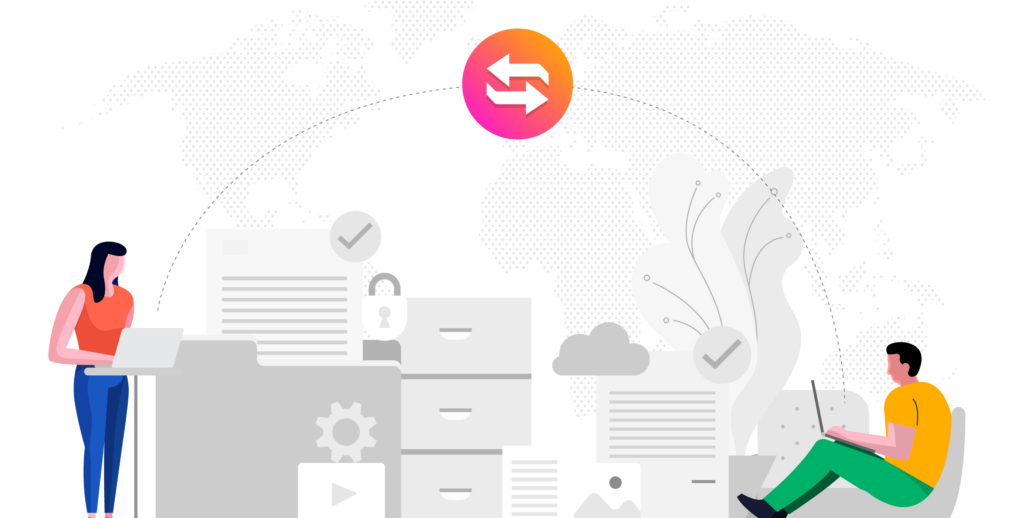You may have heard about agile software development. It’s a methodology for managing complex projects developed over many phases, with the goal being to create products that offer high quality and meet customer needs. Agile is just as applicable to developing your product or service for building something from scratch. The benefits of this approach are numerous – including improved productivity, increased innovation, better team collaboration, and more satisfied customers – but how can you make sure you’re implementing an agile mindset? This blog post will walk you through the process of creating an agile working environment so that you can reap all of these benefits!
Once you’ve embraced the agile mindset, it’s time to start making changes in your workplace. One of the most important things to keep in mind is that agility is about being flexible and adapting to change. This means that you need to be willing to experiment and try new things. If something doesn’t work, scrap it and try something else. And don’t be afraid to ask your team for input – after all, they’re the ones who are going to be helping you put agile into practice. And don’t be afraid to ask your team for input – after all, they’re the ones who are going to be helping you put agile into practice. One of the most important aspects of agile is transparency. This means that everyone on the team should have access to information and make decisions as a group whenever possible. This helps ensure that everyone is on the same page and that no one is working in isolation.
A large part of agile is frequently meeting with your team. Regular standups are essential for keeping everyone up to date on their work status, and sprint meetings help make sure that you’re all making progress towards a shared goal. Regular check-ins also allow employees to ask questions or voice concerns without fear of being reprimanded or ignored – it’s simply not possible when everyone can see what other people are doing! Additionally, as we mentioned earlier, customer feedback should be incorporated into every development phase. It doesn’t matter how much expertise your engineers have if they aren’t working on something that will solve problems for your customers – so gather their input early and often!
Finally, agile is about continuous improvement. This means that you should always be looking for ways to improve your processes and adapt them to fit your team’s goals and abilities. You may think that something works well now, but it might not work in the future – especially if someone new joins the project or changes occur at a higher level within your organization. So take advantage of all of these opportunities by constantly tweaking things until they’re just right.
For example, experimenting with different tools can show whether Agile Management Tools are helpful or not. Adopting an agile mindset requires flexibility because every company has its own culture-specific needs. But some common approaches can help make this process easier!
Some important tips include:
– Having regular standup meetings to keep everyone updated on their progress and any blockers they’re facing
– Having sprint meetings to make sure everyone is staying focused on the goals of your project and that no one is falling behind
– Gaining customer feedback at every step to ensure you’re building software they’ll want
– Making sure that everyone has access to the same information
– Being willing to experiment and try new things
– Constantly looking for ways to improve your processes
So, what are you waiting for? Start making changes in your workplace so that you can start enjoying the benefits of an agile mindset! As always, if you have any questions or need help getting started, don’t hesitate to reach out. We’re here to help!



